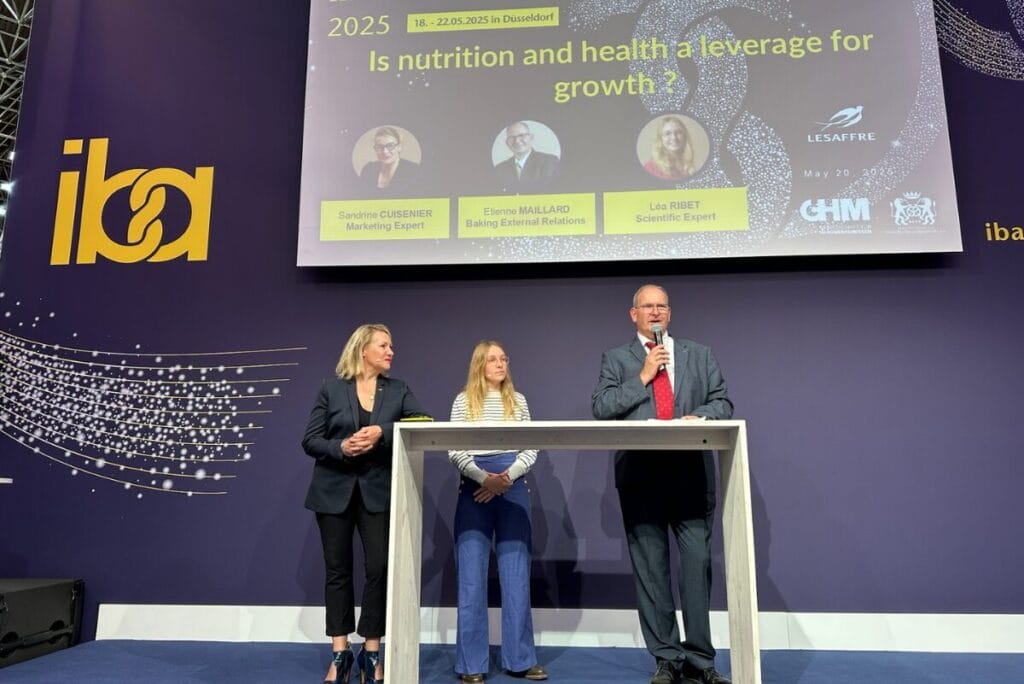DUSSELDORF, GERMANY — In 2024, Lesaffre conducted an international consumer and prospective study spanning five continents and 11 countries, with a sample size of 1,000 people per country. Conducted with the help of market research companies GfK and BrainValue, the study aimed to better understand the evolving role of bread in the shifting food landscape, where meals and snacks are increasingly shaped by health and nutrition.
During an iba 2025 panel, three members of Lesaffre’s international team took a deeper dive into these findings, showcasing how bread remains a powerful symbol of comfort and pleasure among consumers. From adapting to new eating occasions to fulfilling personalized wellness goals, bread is on a clear path for growth and innovation.










